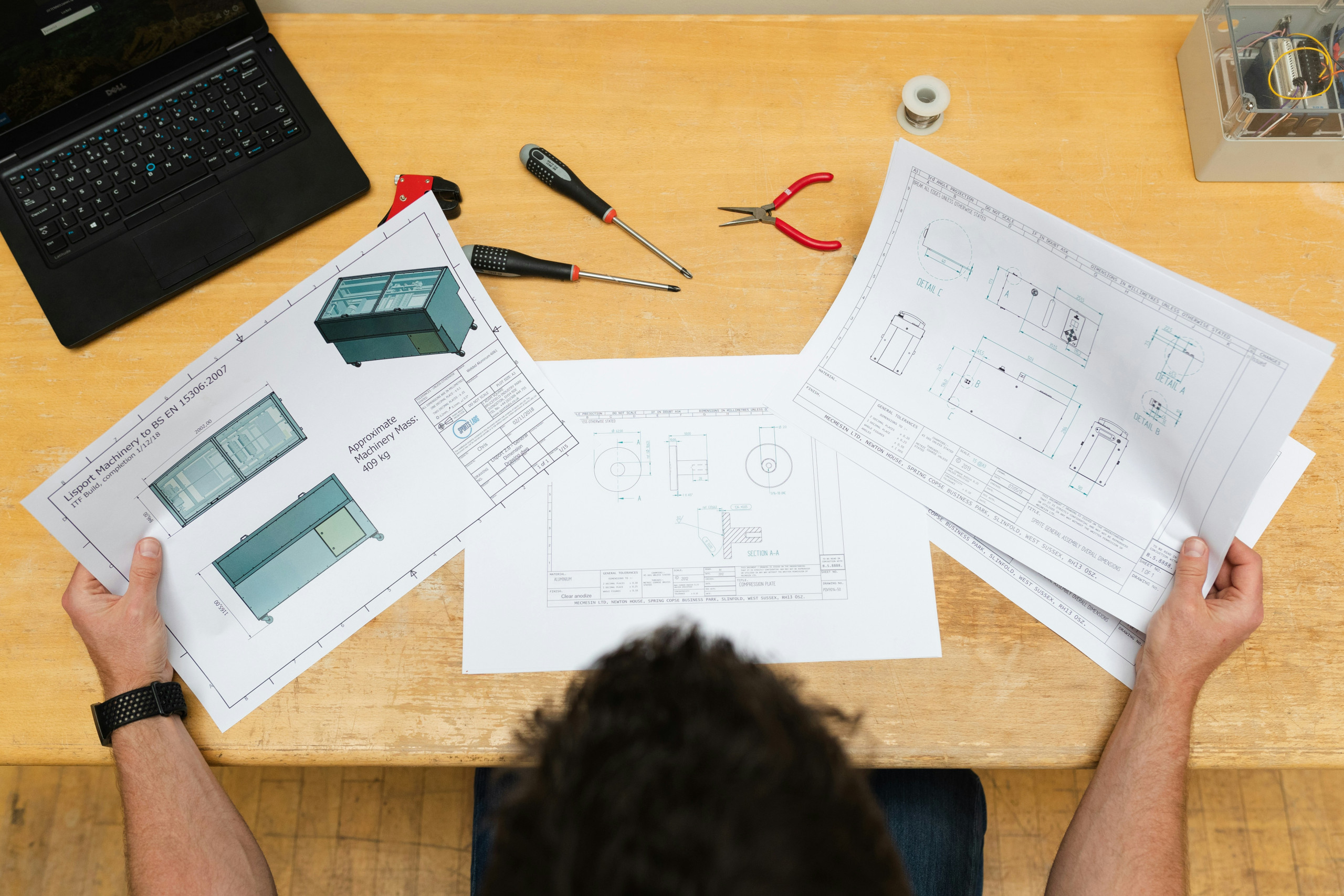by Luke Cronin
Share
by Luke Cronin
Share

The stability of a structure depends heavily on its foundation. However, various ground conditions can affect this stability over time. When addressing foundation issues like house settlement, foundation heaving, or foundation settlement repair, choosing the right support system is crucial. Helical piers and micropiles are two popular solutions designed for different ground conditions and structural needs. This blog post will explore the applications, advantages, and installation processes of helical piers and micropiles, helping you make an informed decision for your foundation repair project.
Helical Piers: Ideal for Soil Conditions
What Are Helical Piers? Helical piers, also known as screw piles or helical anchors, are steel shafts with helical plates that are screwed into the ground to support and stabilize structures. These piers are particularly effective in soil conditions.
Applications:
- Residential and Commercial Buildings: Helical piers are commonly used to support new foundations or stabilize existing foundations.
- Decks and Porches: Ideal for providing sturdy support in areas with poor soil conditions.
- Retaining Walls: Used to prevent shifting and settling in retaining walls.
Advantages:
- Versatility: Suitable for various soil types, including clay, sandy, and expansive soils.
- Quick Installation: Helical piers can be installed quickly with minimal disturbance to the surrounding area.
- Immediate Load-Bearing: They can bear loads immediately after installation, making them ideal for urgent repairs.
- Cost-Effective: Generally more affordable than other deep foundation solutions. Helical piers cost can vary based on project size and complexity, but they often offer a budget-friendly option.
Installation Process:
- Site Assessment: Engineers assess soil conditions and the condition of the existing structure (if applicable) to determine the appropriate size and type of helical piers.
- Helical Pier Installation: Using hydraulic machinery, the helical piers are screwed into the ground until they reach the desired depth and load capacity.
- Connection to Structure: Once in place, the piers are connected to the foundation using brackets or plates, forming a stable helical pier foundation.
Micropiles: Designed for Rock and Hard Soils
What Are Micropiles? Micropiles, are small-diameter, high-strength steel pipes or bars that are drilled and grouted into rock or hard soil. They are designed to provide deep foundation support in challenging ground conditions.
Applications:
- Challenging Terrain: Micropiles are ideal for rocky or extremely hard soil conditions where other piling methods are ineffective.
- Historical Buildings: Used to underpin and stabilize structures with minimal disturbance to the existing foundation.
- Infrastructure Projects: Commonly used in the construction of bridges, towers, and other heavy infrastructure.
Advantages:
- High Load Capacity: Micropiles can support significant loads, making them suitable for heavy structures.
- Versatility in Installation: Can be installed at various angles and in confined spaces, offering flexibility in challenging sites.
- Minimal Vibration: The installation process generates minimal vibration, reducing the risk of damage to nearby structures.
- Adaptability: Suitable for a wide range of ground conditions, including rock, dense soils, and fill material.
Installation Process:
- Site Assessment: Engineers analyze the rock or hard soil conditions and to design the appropriate micropile system.
- Micropile Installation: A small-diameter hole is drilled into the ground to the required depth.
- Reinforcement Placement: Steel reinforcement is placed into the drilled hole.
- Grouting: The hole is filled with high-strength grout, securing the reinforcement in place, resulting in a stable micropile foundation.
Choosing the Right Solution
Factors to Consider:
- Soil and Rock Conditions: The primary factor in deciding between helical piers and micropiles is the type of ground. Helical piers are best for soil, while micropiles excel in rock and hard soils.
- Load Requirements: Consider the load-bearing capacity needed for your project. Micropiles generally support heavier loads than helical piers.
- Site Accessibility: Helical piers offer quicker installation with less equipment, making them ideal for residential projects. Micropiles, though more complex, are better suited for confined or challenging sites.
- Project Budget: Helical piers cost less in many cases, but micropiles provide the necessary support in tougher conditions despite a higher cost.
Conclusion
Both helical piers and micropiles provide robust solutions for foundation support, but their suitability depends on the specific conditions of your site. Helical piers are versatile, quick to install, and cost-effective for most soil conditions, making them a popular choice for foundation settlement repair and basement foundation repair. On the other hand, micropiles offer high load capacity and adaptability in rocky or hard soil environments, ideal for more complex structural needs.
Consulting with a structural engineer can help determine the best foundation support method for your project, ensuring long-term stability and safety for your structure. If you have concerns about your foundation, reach out to a qualified structural engineer to discuss the best options for your needs.

